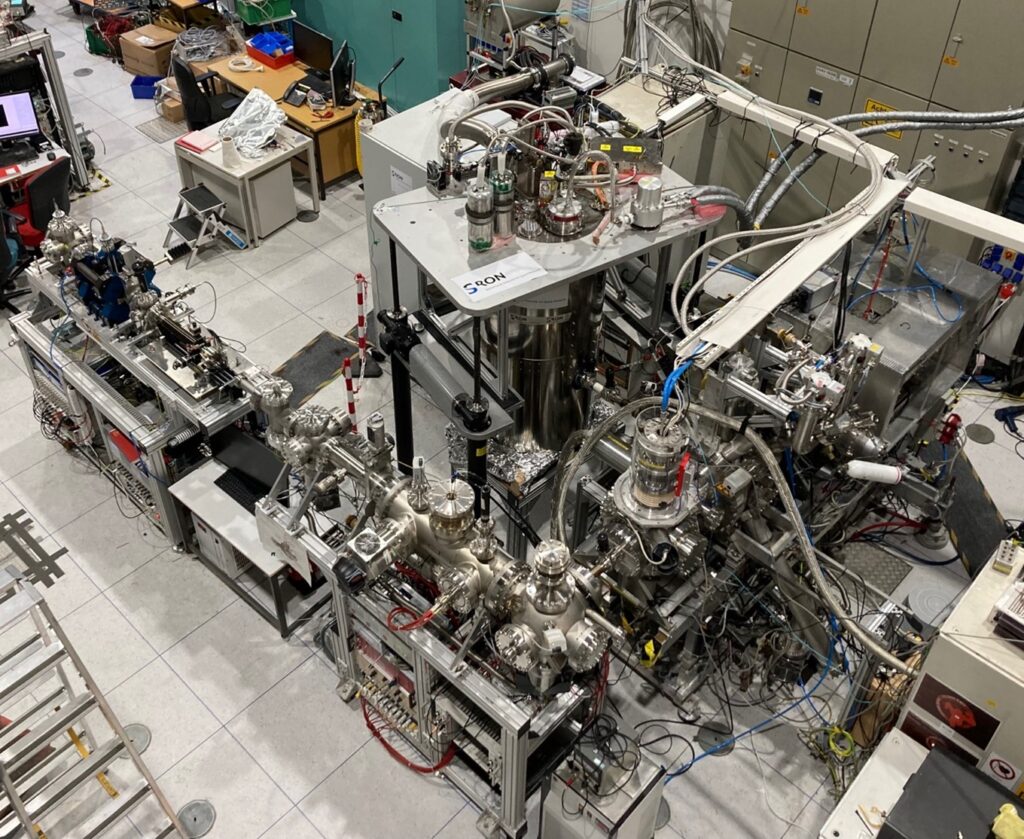SRON has joined forces with the Max Planck Institute for Nuclear Physics (MPIK) and the Institut de Recherche en Astrophysique et Planetologie (IRAP) to generate reference data for astronomical observations and scrutinize the laws of hot plasma physics. The electron beam ion trap (EBIT) at MPIK in Heidelberg simulates a hot plasma, while superconducting transition-edge sensors (TES) developed by SRON measure the emitted X-ray spectra with unprecedented energy resolution.
X-ray spectra
Astronomers use X-rays to study high-energetic phenomena in the Universe, such as merging neutron stars, black holes eating stars and gas heating up inside clusters of galaxies. They measure their spectra—colorful fingerprints containing information about which atoms are present.
catalogue
In the MPIK lab, an electron beam ion trap (EBIT) generates and confines plasmas that reproduce the conditions in the universe’s hottest and most energetic environments, such as around supermassive black holes. The EBIT spectra serve as reference data for observations of the recently launched X-ray telescope XRISM, and allow astronomers to identify and distinguish the underlying atomic processes in hot astrophysical plasmas. The X-ray line catalogue generated in Heidelberg will also be used at SRON and IRAP for the calibration program of the X-IFU instrument to be launched onboard ESA’s NewAthena X-ray telescope.
reproducing plasmas
‘We are reproducing plasmas on the ground that appear in XRISM observations of real black holes,’ says SRON Astronomer Liyi Gu, who is contributing to the data analysis. ‘The differences will reveal the net astrophysical effects.’
TES detectors are based on the physical phenomenon of superconductivity and operate close to absolute zero—around -273 °C—inside super fridges called dilution refrigerators. SRON researchers Luciano Gottardi and Martin de Wit moved their TES-detector array in its refrigerator from the SRON lab in Leiden to Heidelberg. This instrument operates at 50 millikelvin—five hundredth of a degree above absolute zero — and can determine the energy of a typical 6,000 electronvolt X-ray photon within a margin well below 3 electronvolt to analyze the broad “X-ray rainbows” seen in astrophysics into finer detail than ever before.
The team coupled the SRON instrument to an EBIT at MPIK, and working together with the local team of PhD student Marc Botz and Prof. José R. Crespo López-Urrutia, started collecting X-ray photons from a hot gas of many million degrees. They broke spectral resolution records over a broad range of energies.



